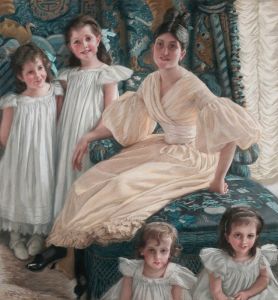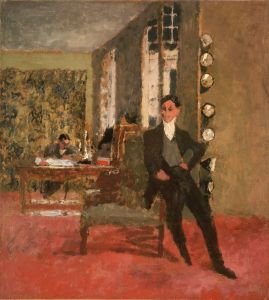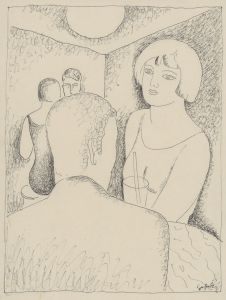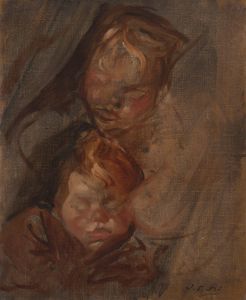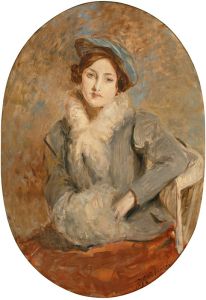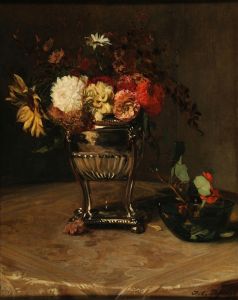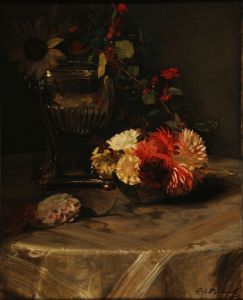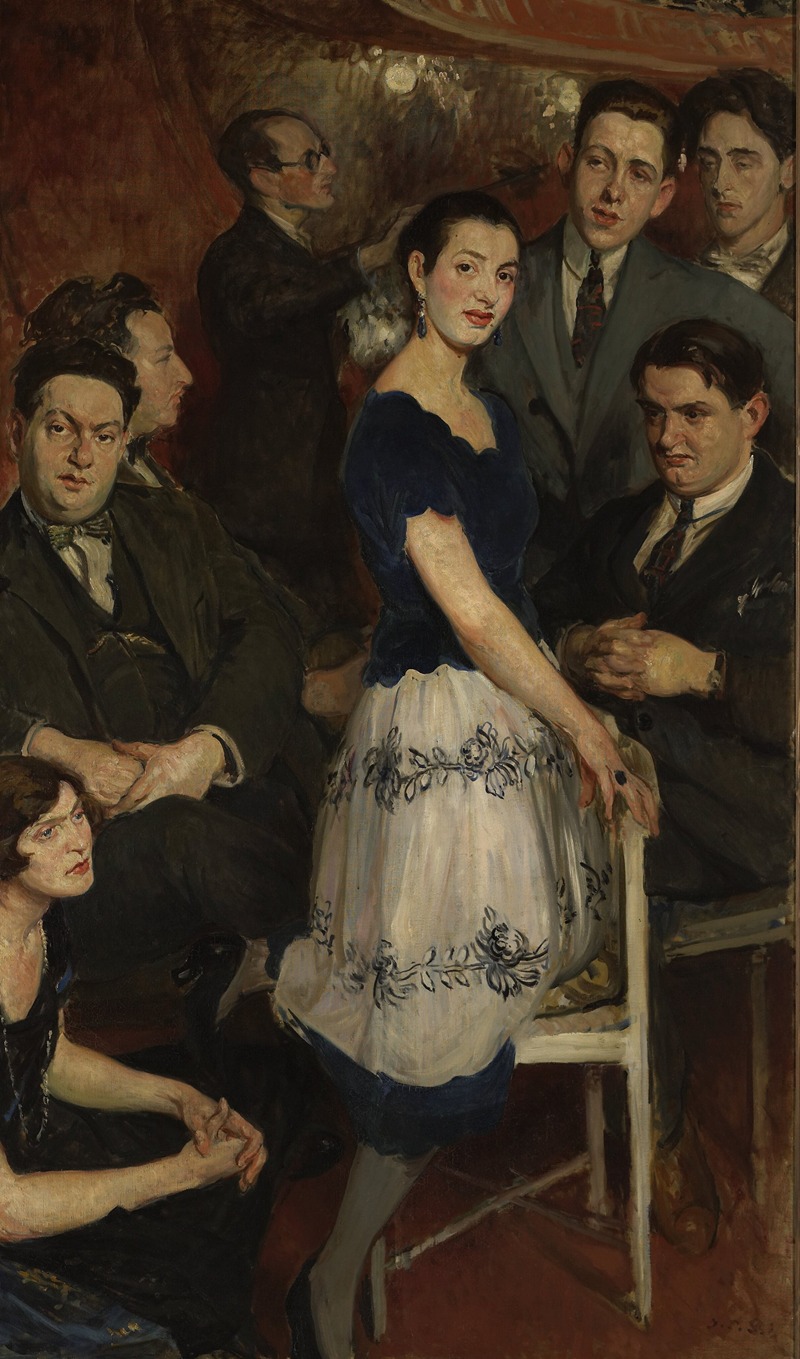
Le Groupe de six
A hand-painted replica of Jacques-Émile Blanche’s masterpiece Le Groupe de six, meticulously crafted by professional artists to capture the true essence of the original. Each piece is created with museum-quality canvas and rare mineral pigments, carefully painted by experienced artists with delicate brushstrokes and rich, layered colors to perfectly recreate the texture of the original artwork. Unlike machine-printed reproductions, this hand-painted version brings the painting to life, infused with the artist’s emotions and skill in every stroke. Whether for personal collection or home decoration, it instantly elevates the artistic atmosphere of any space.
"Le Groupe de six" by Jacques-Émile Blanche is a notable painting that captures the essence of a significant moment in early 20th-century French music and culture. Jacques-Émile Blanche, a prominent French artist known for his portraits, created this work to depict the members of "Les Six," a group of avant-garde composers who were influential in the Parisian music scene during the 1920s.
Les Six consisted of six composers: Georges Auric, Louis Durey, Arthur Honegger, Darius Milhaud, Francis Poulenc, and Germaine Tailleferre. They were brought together by their shared desire to break away from the heavy influence of German Romanticism and the impressionistic style of Claude Debussy and Maurice Ravel. Instead, they sought to create music that was more direct, clear, and reflective of contemporary life.
The painting by Blanche is significant because it visually documents this group of composers who were united more by their friendship and shared artistic goals than by a common musical style. Each member of Les Six had a distinct compositional voice, but they were collectively inspired by the works of Erik Satie and the writings of Jean Cocteau, who advocated for a new simplicity in music.
Blanche's portrait captures the composers in a manner that reflects their individuality and collective identity. The painting is characterized by its attention to detail and the subtle interplay of light and shadow, which are hallmarks of Blanche's style. His ability to convey the personalities of his subjects is evident in this work, as each composer is depicted with a unique expression and posture, suggesting their personal contributions to the group.
The historical context of the painting is also important. Created during a time of great change and experimentation in the arts, "Le Groupe de six" serves as a testament to the vibrant cultural scene in Paris after World War I. The city was a hub for artists, writers, and musicians who were eager to explore new ideas and challenge traditional norms. Les Six were at the forefront of this movement in music, and Blanche's painting immortalizes their role in this dynamic period.
Jacques-Émile Blanche himself was a central figure in the Parisian art world, known for his portraits of prominent cultural figures. His connections with artists, writers, and musicians of the time allowed him to capture the spirit of the era in his work. "Le Groupe de six" is one of many portraits he created that document the influential personalities of his time.
In summary, "Le Groupe de six" by Jacques-Émile Blanche is a significant artistic work that captures the essence of a group of composers who were pivotal in shaping the direction of 20th-century music. Through his portrait, Blanche not only provides a visual record of Les Six but also reflects the broader cultural and artistic movements of post-war Paris.






